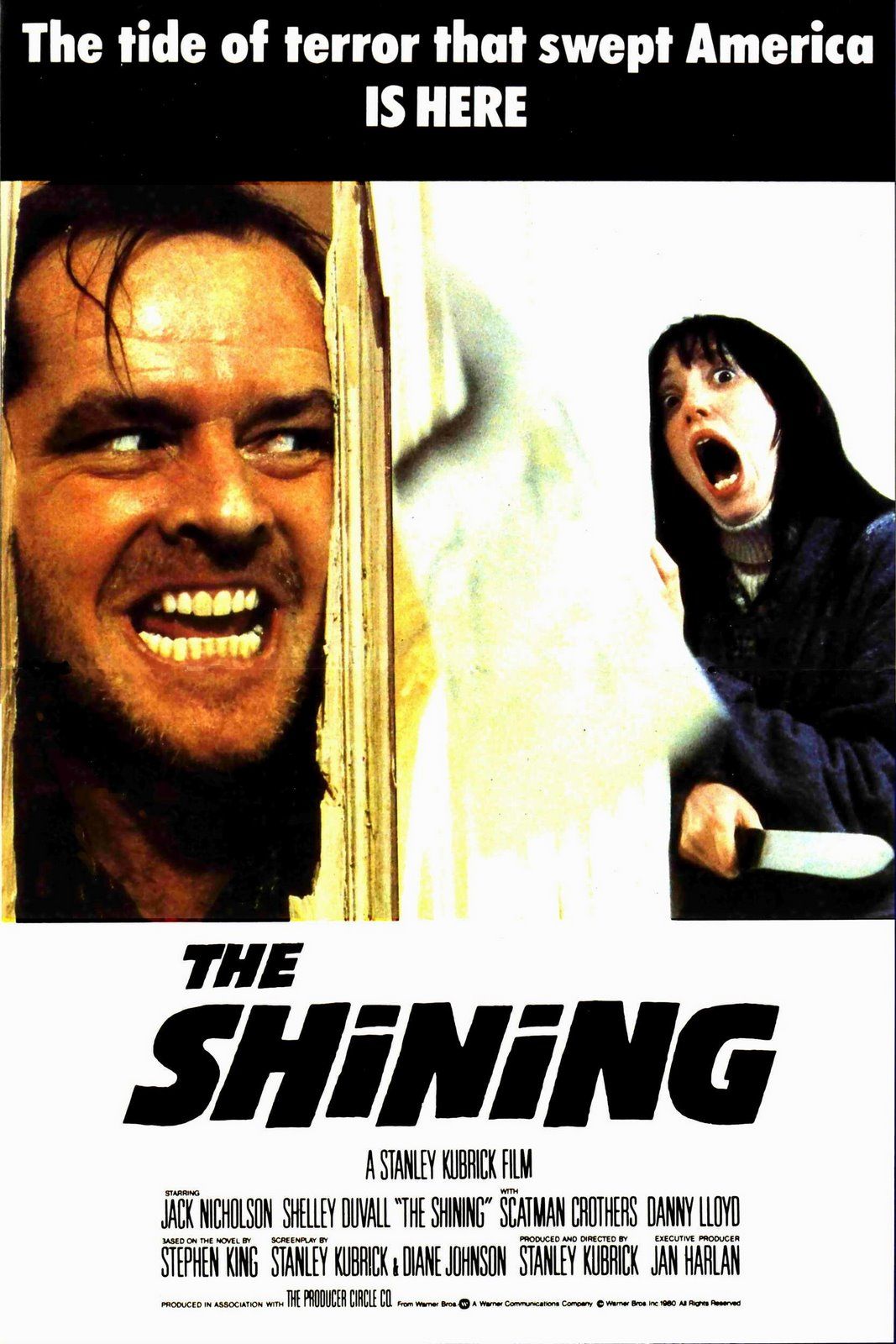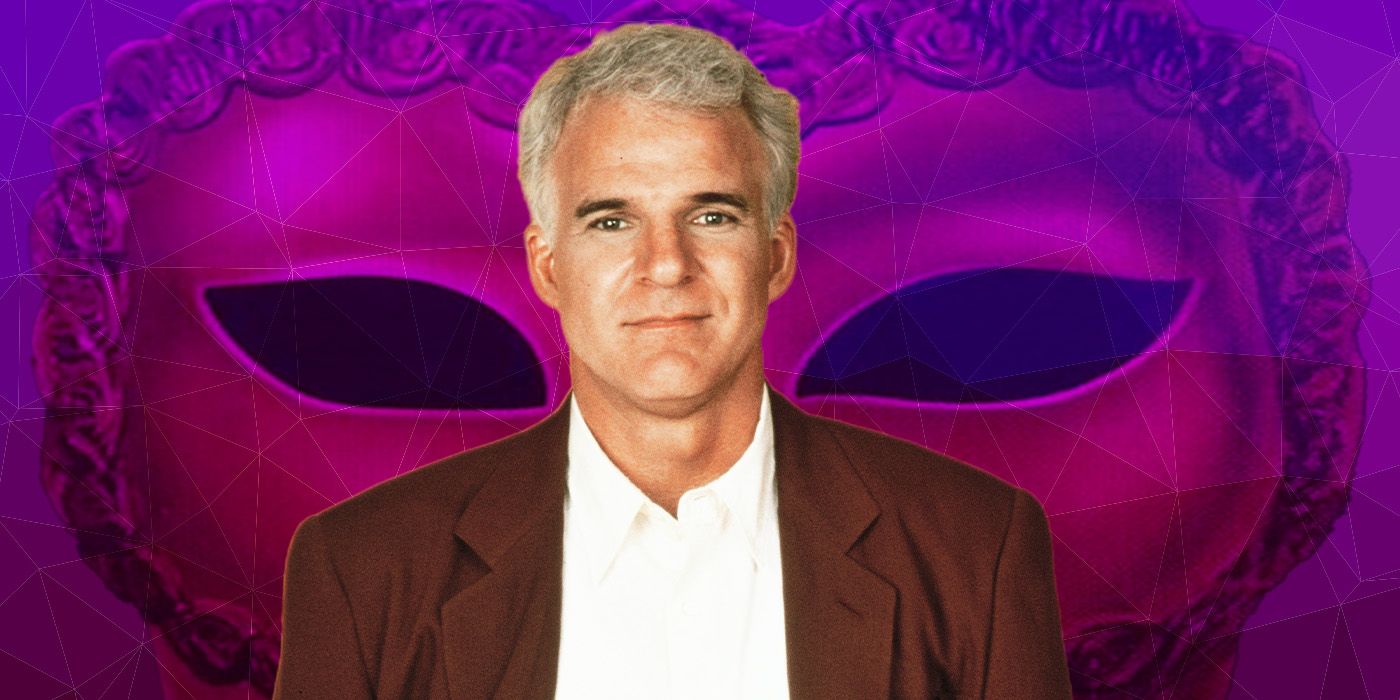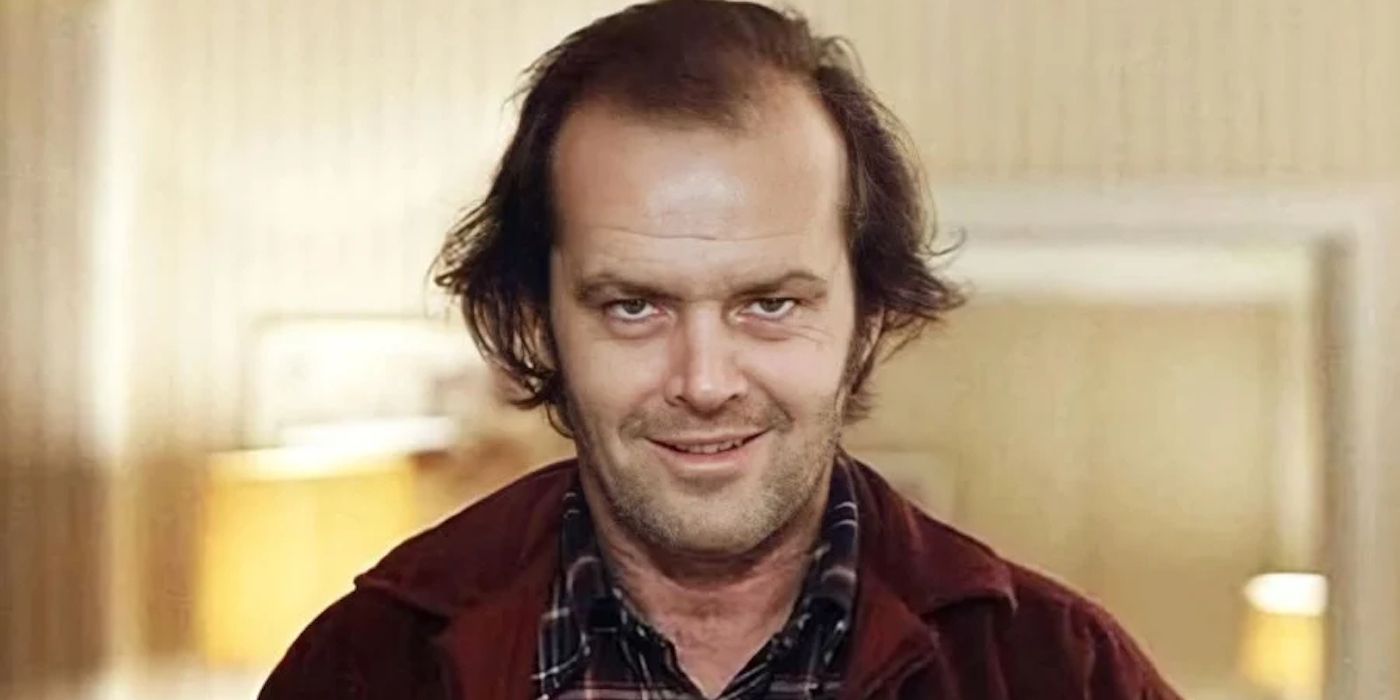The Big Picture
- Jack Nicholson's subtle gazes into the camera in The Shining may hold deeper meanings beyond the surface scares.
- Kubrick's intentional use of Nicholson's eye contact challenges traditional horror tropes, adding layers of unease.
- The Shining continues to captivate audiences with its hidden messages and mysteries, showcasing Kubrick's genius.
Ever since its release 43 years ago, The Shining has been one of the most hotly discussed, debated, and dissected movies to ever grace the silver screen. Stanley Kubrick's masterful adaptation of Stephen King's novel blends psychological and supernatural horror to create a surrealistic thriller that practically begs multiple interpretations. Through documentaries like Room 237 to books like Kubrick's Labyrinth, scholars and fans alike have seemingly read the film through every possible lens. However, like the Overlook hotel itself, just when you think all of The Shining's mysteries have been unearthed, something new comes along to make the film even more intriguing and chilling than before.

The Shining
A family heads to an isolated hotel for the winter where a sinister presence influences the father into violence, while his psychic son sees horrific forebodings from both past and future.
- Release Date
- May 23, 1980
- Director
- Stanley Kubrick
- Cast
- Jack Nicholson , Shelley Duvall , Danny Lloyd , Scatman Crothers , Barry Nelson , Philip Stone
- Runtime
- 146 minutes
- Main Genre
- Horror
- Writers
- Stephen King , Stanley Kubrick , Diane Johnson
- Studio
- Warner Bros.
Jack Nicholson's (Intentionally) Wandering Eye
In 2023, Filippo Ulivieri, a film scholar who has published two books and several essays on Kubrick, released a video essay titled "Overlooked! A Detail In The Shining That You've Never Seen." In the 11-minute video (and accompanying 50-tweet thread), Ulivieri points out a conspicuous detail that nobody has ever publicly picked up on in The Shining. With the clips and stills to prove it, Ulivieri reveals that at numerous points throughout the film, leading man Jack Nicholson looks directly into the camera.
This may not seem like a huge revelation at first. After all, Kubrick often has his actors gaze ominously in what has been dubbed the "Kubrick Stare" and Nicholson does this quite notably in one of The Shining's most infamously creepy shots. However, what Ulivieri refers to is different from the Kubrick Stare. What he's discovered is the odd behavior of Nicholson making repeated direct eye contact with the supposedly objective lens, often for no longer than a frame. Ulivieri has to slow down or even pause the film to capture many of these fleeting, but nonetheless unnerving moments.
If it were in any other film, these evanescent instances could be written off as coincidental moments where the actor accidentally crossed eye-lines with the camera. However, given that it's Kubrick — who had a background in photography and was notoriously meticulous about getting each frame of his movies just right — we can't assume that Nicholson's camera glances weren't intentional. In fact, Ulivieri even references a moment in the behind-the-scenes documentary Making The Shining, where Kubrick blatantly directs Nicholson to look at the camera during a take. Clearly, there was some method at hand.
Stanley Kubrick's Subjective Camera... Without A Subject
So what does this mean? Why did Kubrick want Nicholson (or rather, Jack Torrance) to glance down the barrel of the lens throughout the movie's two-and-a-half-hour runtime? Usually, when filmmakers have characters look into the camera, they are trying to achieve one of two things. On the one hand, they may be endorsing a subjective camera, where the lens is meant to portray a character's point of view. In these moments throughout The Shining, that would mean Nicholson is making eye contact with another character. In the moments that Ulivieri identifies, however, there is no other visible character in Jack's eyeline. At the same time, Ulivieri brings up the interesting point that the camera could represent an unseen character in these instances. The Shining, after all, is a ghost story, so even though the reverse shots expose no tangible beings, it's possible that Jack is looking at a spirit.
This theory gains more credence when one realizes that Nicholson's Jack Torrance is the only character who makes these repeated glances at the camera. While Jack is not the only character who sees the Overlook Hotel's ghosts, he does have the most interaction with them. Likewise, the film leaves it up to the viewer to decide whether all the apparitions are indeed the undead, or just figments of Jack's twisted imagination and deteriorating mind. Perhaps he is the only one looking at the camera, because he sees something that nobody else — not even the viewer — can observe.
Stanley Kubrick Toppled Horror Conventions
The second common reason directors have actors look into the camera is for the sake of breaking the fourth wall, allowing characters to directly address or acknowledge the audience. As Ulivieri notes, however, Kubrick's work, as well as his filmmaking philosophy, resists such meta intellectualism. Then again, maybe that is why Torrance's glances are so hard to notice. It is not as if he straightforwardly invites the viewer into the scene, but rather subliminally suggests that they, too, are tied in the Overlook's web of hauntings and madness. It subconsciously adds to the film's ubiquitous eeriness, forcing the viewers to feel personally threatened by Jack, or perhaps (if the camera is indeed meant to be an apparition) to consider the reality that they too exist along a fragile mortal and mental spectrum.
Ulivieri further suggests that Kubrick may have endorsed the fourth-wall-breaking trope to subvert horror iconography. Horror movies are often tied to voyeurism, as the audience can feel safe while relishing in the sight of violence. Because Kubrick wanted to make something deeper than a generic horror movie with The Shining, he could have added these moments to destabilize the audience's sense of safety. Ulivieri doesn't mention that it could also be a reversal of the Killer POV shots that graced so many horror movies preceding The Shining. Used most recognizably in the opening sequence of Halloween, but also endorsed in everything from Psycho to Jaws, the Killer POV shot implies a sustained tracking shot from the killer or monster's perspective, putting the audience in the antagonists subjective shoes for the ultimate voyeuristic experience. When Jack looks at the camera, it does the opposite, forcing the audience to become the object of the killer's gaze.

Stanley Kubrick Initially Wanted Steve Martin in ‘Eyes Wide Shut’
Kubrick's final film could have seen some unexpected levity.These are only a handful of theories. Because The Shining is supposedly riddled with so many hidden messages and meanings, there is practically no end to how far down the rabbit hole one wants to take the reading of Ulivieri's new discovery. Maybe Jack glances at the camera as a way to signal the audience that they should pay attention, because Kubrick is about to reveal something about Native American genocide, the mythological fable of the Minotaur, or the fact that he assisted in faking the moon landing one year after 2001: A Space Odyssey's release. These are all things that viewers have claimed The Shining is secretly about. The truth may never be determined, but the fact that audiences are still finding new details over four decades after its premiere speaks to the awesome, abstract power of The Shining, and the insatiable talents of Stanley Kubrick.
The Shining is available to stream on Max in the U.S.

